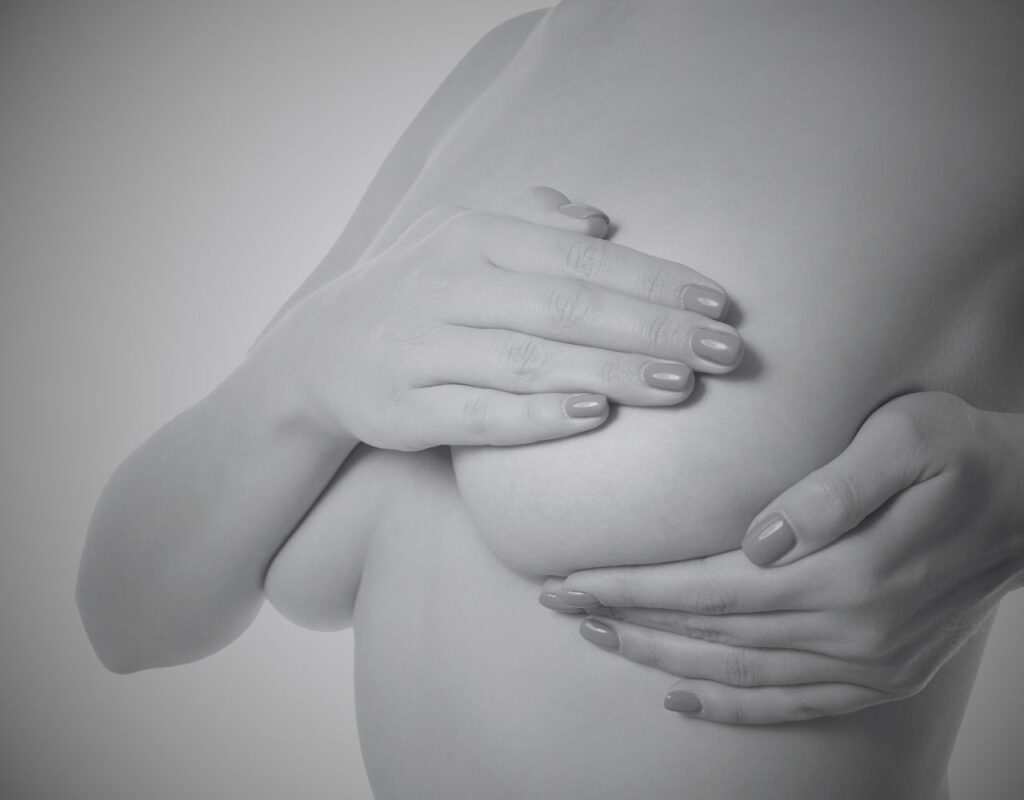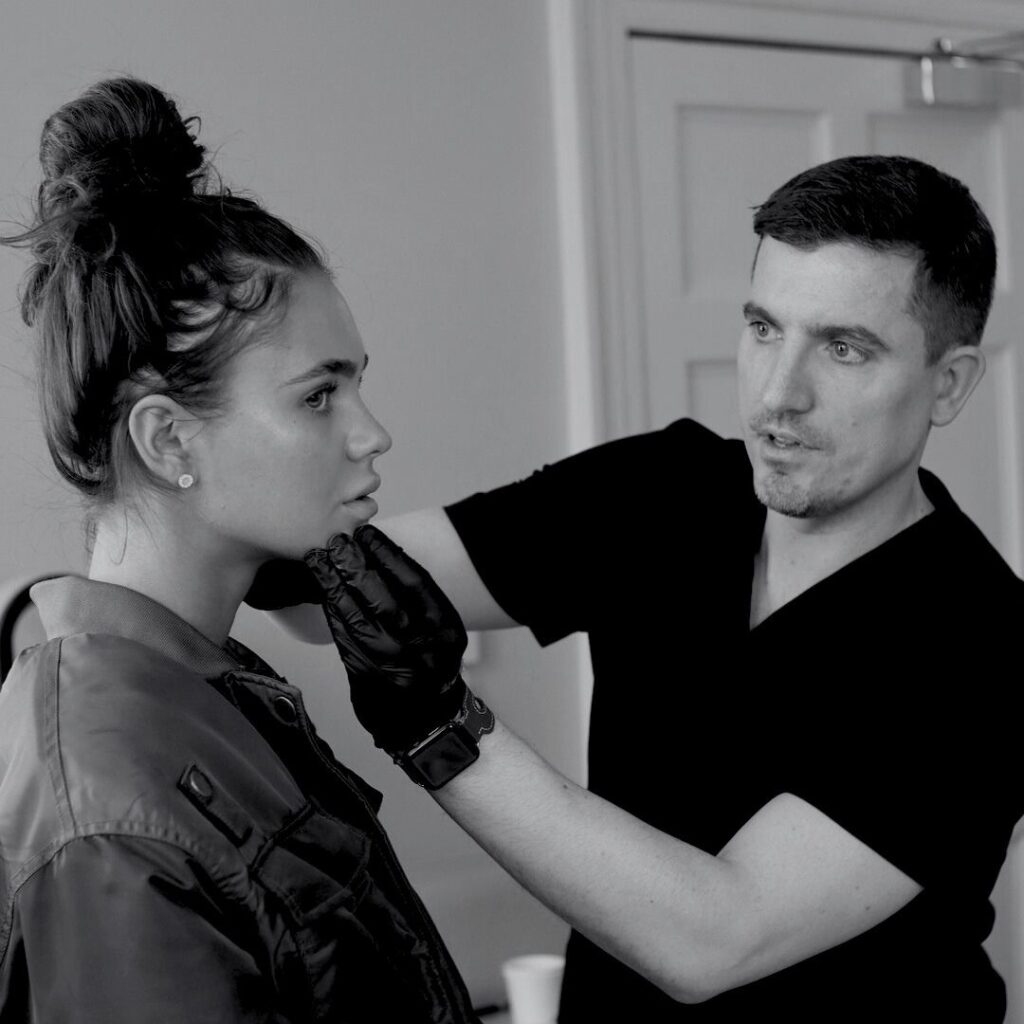SURGICAL PROCEDURE
Nipple Reduction
TREATMENT OVERVIEW
Various factors can contribute to the need for this procedure, including hormonal changes, genetic predispositions, and life events such as pregnancy, breastfeeding, or weight fluctuations. The procedure not only enhances the aesthetic appeal of the breast and nipple area but also addresses functional issues like chafing or irritation due to friction against clothing.

THE PROCEDURE
The first step in your surgical journey is an in-depth consultation with a board-certified plastic surgeon. This meeting involves a thorough physical examination, including measurements and possibly imaging studies like mammograms or ultrasounds. The consultation serves as a platform for discussing your aesthetic and functional goals, addressing any concerns or questions you may have, and setting realistic expectations for the surgical outcome.
The type of anaesthesia used is carefully selected to match your health profile, comfort level, and surgical requirements. Both local anaesthesia with sedation and general anaesthesia are available options. The decision is made collaboratively between you, your surgeon, and the anesthesiologist, often after a series of preoperative tests and evaluations to ensure your safety during the procedure.
Nipple Reduction surgery is a meticulous process that involves making a small incision at the base of the nipple or within the areola. Through these incisions, excess tissue is excised, and the nipple is reshaped to achieve the desired size and contour. The surgeon may employ various techniques, such as the “free nipple graft” or “pedicle method,” depending on your anatomy and goals. The incisions are then closed with fine, often dissolvable, sutures to minimise scarring. Postoperative care includes the application of antibiotic ointments and possibly a light bandage to reduce the risk of infection and aid in the healing process.
AT A GLANCE
- Surgery: 90 Minutes
- Time off work: 7 days
- Before you drive: 7 Days
- Return to Gym 3 Weeks
- Lift a small child: 3 Weeks
- Final Results: 3 - 6 Months
PLEASE NOTE: While some results may be visible sooner, final results often take a few months for swelling to fully subside.
THE BENEFITS
You may choose to undergo a Nipple Reduction procedure for a number of reasons:

RISKS
THING TO AVOID AFTER SURGERY
- Heavy lifting or strenuous exercise for at least 2-3 weeks
- Sleeping on your stomach for the first few weeks
- Smoking, as it can impede the healing process
- Prolonged sun exposure to the surgical area
- Wearing tight or constrictive clothing over the surgical area
- Consuming alcohol, as it can interfere with medication and healing
Post Op
AFTERCARE
- Medication Regimen: A carefully curated regimen of antibiotic ointments and anti-inflammatory medications is often prescribed to ward off infections and manage post-operative discomfort.
- Environmental Precautions: Minimizing sun exposure for several weeks post-surgery is crucial to prevent any pigmentation changes in the healing scars.
- Nutritional Guidelines: A balanced diet rich in essential nutrients like vitamins and minerals can expedite healing.
- Regular Follow-Up Visits: These are essential for monitoring the healing process, making any necessary adjustments to your aftercare regimen, and addressing any concerns or complications that may arise.

